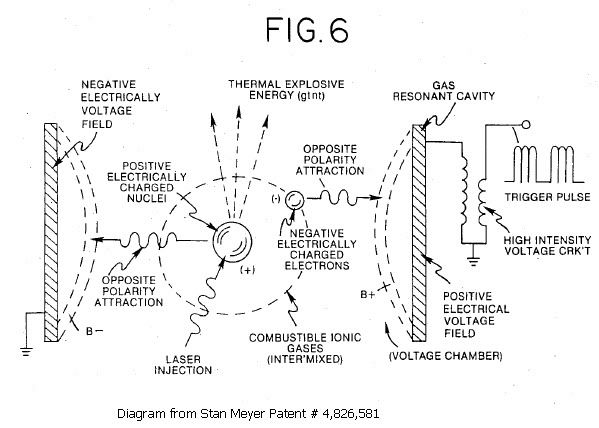Hi H2O
Hi how are you keeping?
Listen dont try and explain yourself to those bozo's cause i don't
Havent been here for a while I am working my butt off not on the GP though I'll carry on this weekend though Thanks and keep up the good work.
Digits
Hi how are you keeping?
Listen dont try and explain yourself to those bozo's cause i don't
Havent been here for a while I am working my butt off not on the GP though I'll carry on this weekend though Thanks and keep up the good work.
Digits



 You are sure?? Isn't designed as an lamp on diagram...
You are sure?? Isn't designed as an lamp on diagram...

 a
a

Comment